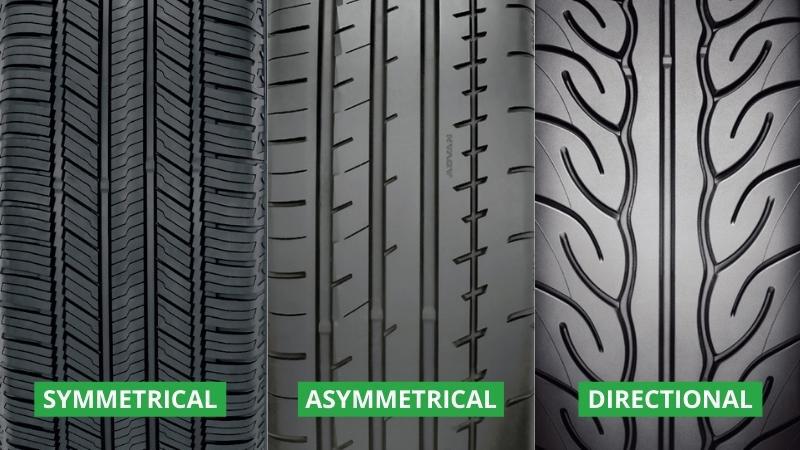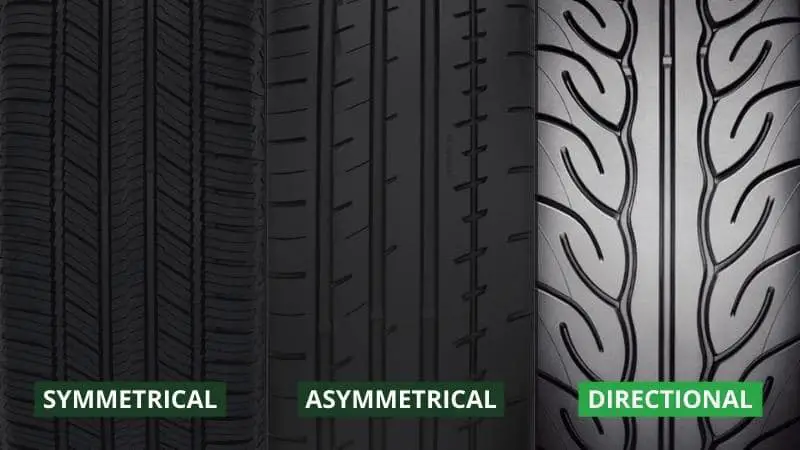Tyres
Tyres
Tyre technology is complex yet understanding it shouldn’t be hindered by technical jargon. We’ll provide you with all the information you need to assist you in comparing all available tyre types, enabling you to make an educated choice that best fits your requirements. We’ll also make sure we shop around on your behalf to ensure you get the best possible value for money.
Different types of Tyre Tread
There are three different tread patterns that are designed to perform differently and achieve specific results, and they are:
Symmetrical
Asymmetrical
Directional


Symmetrical/Non-Directional Tyres
Symmetrical tread patterns mean that the tyres can be installed to rotate in all directions. Either front-to-back, back-to-front, or across (X-pattern). Tyres with these tread patterns are more flexible and versatile, so they cannot interfere with day-to-day performance. They are known to reduce noise, longer tread lift, and improved fuel economy.
Pros: Has good handling abilities
Affordable and durable
Multiple rotation directions
Cons: Mostly suitable for daily use
Less effective on wet road surfaces
Not ideal as high-performance tyres
Asymmetrical Tyres
Asymmetrical tread patterns are, just as the symmetrical ones, commonly used on passenger cars. These tyres have two distinct tread designs, one on the outer half and the other on the inner half of the tyre. As unusual as it may sound, both halves are specifically designed for different conditions.
The inner tyre tread is good for displacing water from the tyre surface and protecting against aquaplaning. The outer half of the tread is built with rigid tread blocks to increase the lateral stiffness. All these features aim at providing a high grip for cornering or driving on dry road surfaces.
This combination makes asymmetrical tyres a good option for high performance vehicles. When driving at higher speeds, the vehicle’s weight is exerted on the outer edge of the tyre, meaning that there is a wider contact patch. The tyre’s inside shoulder most likely has more grooves than the outer shoulder to increase water channeling.


Directional Tyres
Tyres with a directional tread pattern are designed to rotate in one direction. When you look closely, you will see that the lateral voids and sipes point forward and downwards. The channels on either side of the tread move like two waterfalls connecting from opposite sides.
Directional tyre tread patterns are designed for performance cars and high-speed. They have better water ejection technology for better aquaplaning resistance compared to asymmetrical and symmetrical patterns. The directional pattern also improves handling performance when driving on dry surfaces.
Tyres with directional tread patterns cannot be shifted to different sides of the car without having the tyres stripped & flipped. You can only swap them from front to back on the same side to follow the direction pattern.











